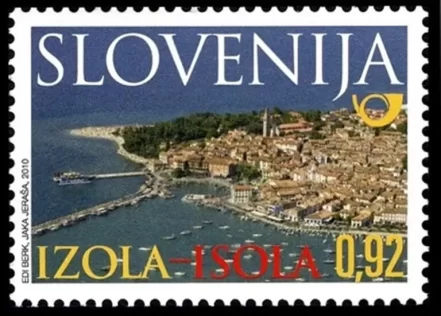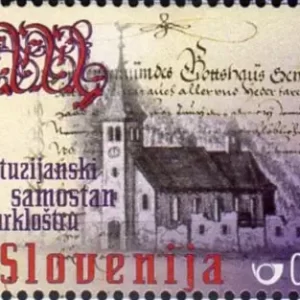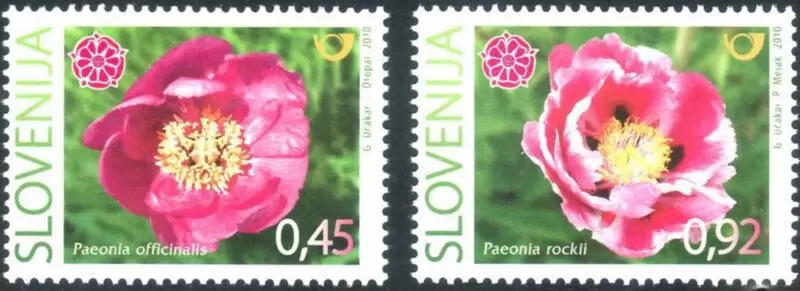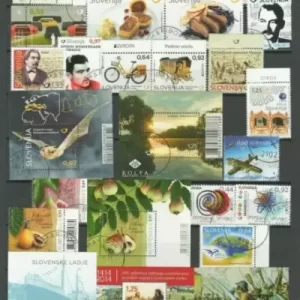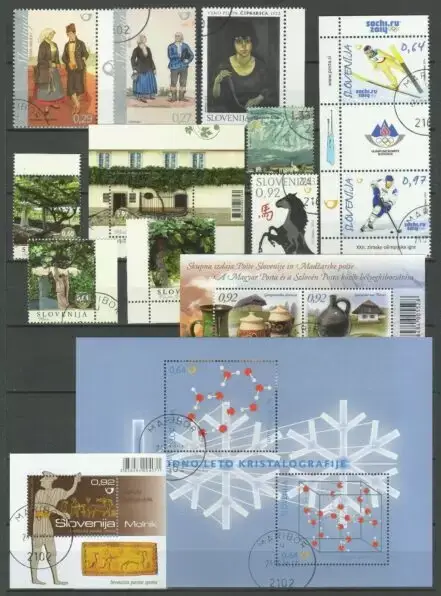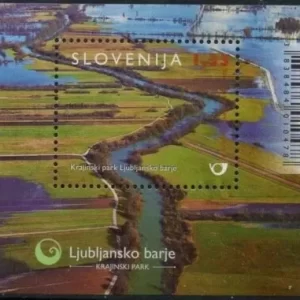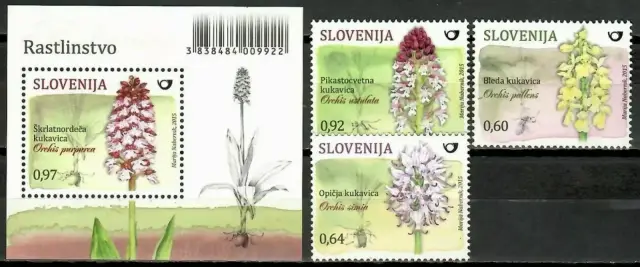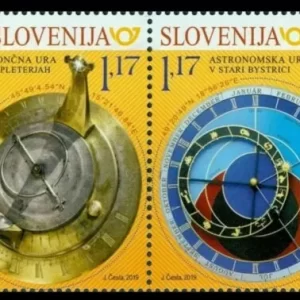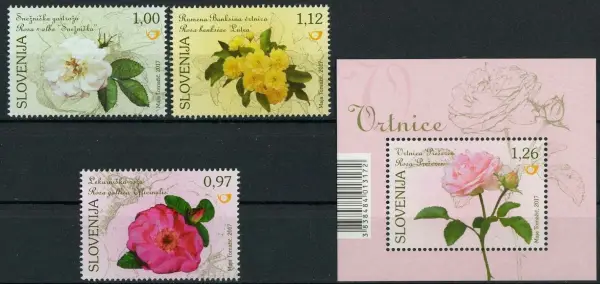Slovenia year 2010 stamp Tourism – City Izola ☀ MNH**
in 2010, Slovenia released a stamp in the Tourism or Architecture/Tourist Destinations category dedicated to the coastal city of Izola (Isola).
This stamp celebrates the charm and historical architecture of this picturesque fishing town on the Slovenian Adriatic coast.
🏖️ Slovenia 2010 Tourism – City Izola Stamp
Here are the key details about this issue:
- Motif: The stamp features a picturesque view of the old town of Izola, often showcasing its Venetian-influenced architecture, the historic harbor, or the famous Church of St. Maurus tower.
- Date of Issue: March 26, 2010.
- Face Value: 0.92 € (Euro).
- Designer: Edi Berk.
- Theme: Part of the series showcasing major tourist destinations and historical architecture in Slovenia. Izola is celebrated for its unique history as a former island (hence the name, isola in Italian means ‘island’) and its strong maritime and fishing traditions.
- Catalog Codes: This stamp is commonly referenced with the following numbers:
- Michel: 848
- Scott: 833 (approx.)
This is a beautiful stamp for anyone interested in Slovenian coastal towns and their history.

